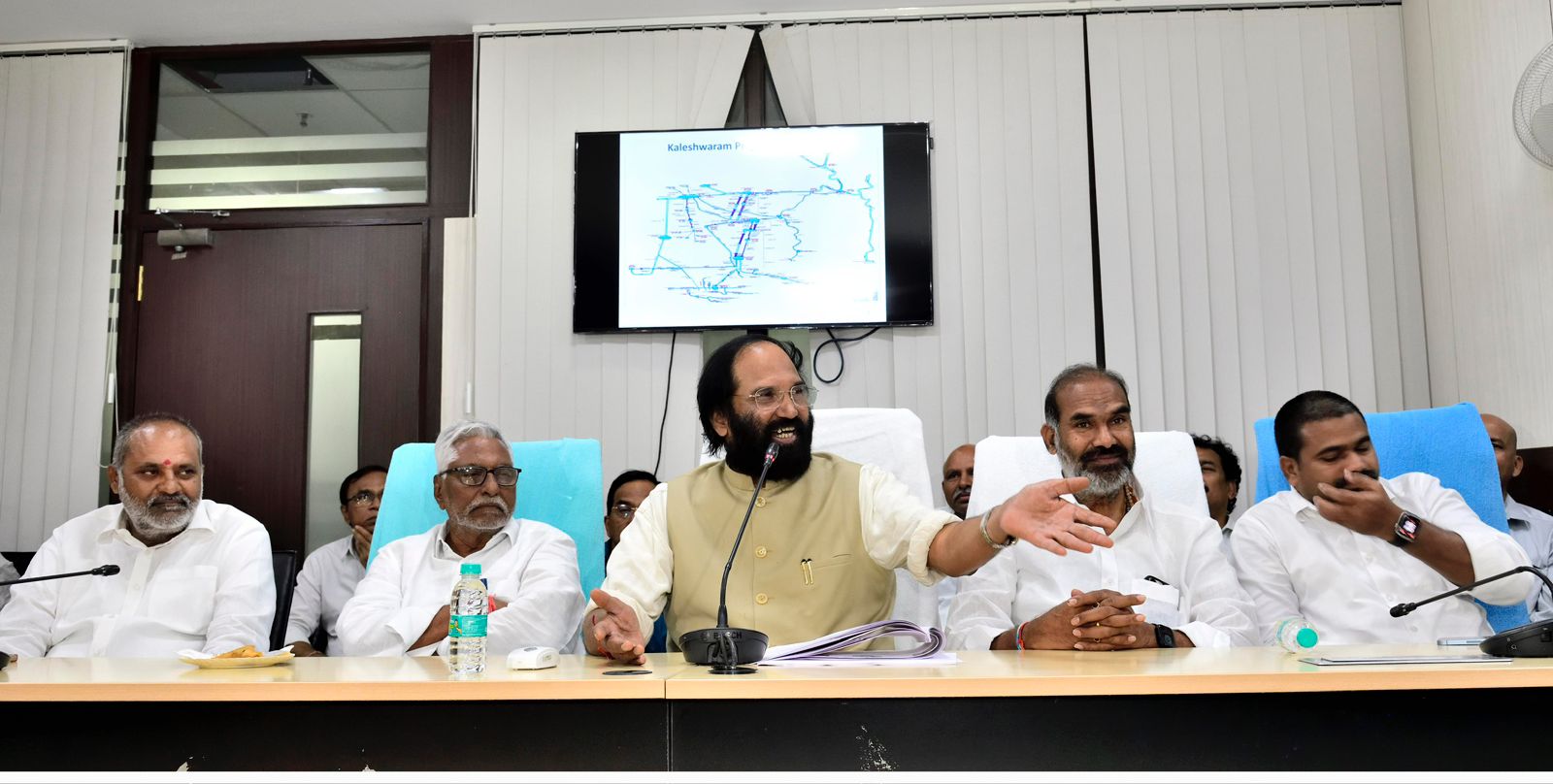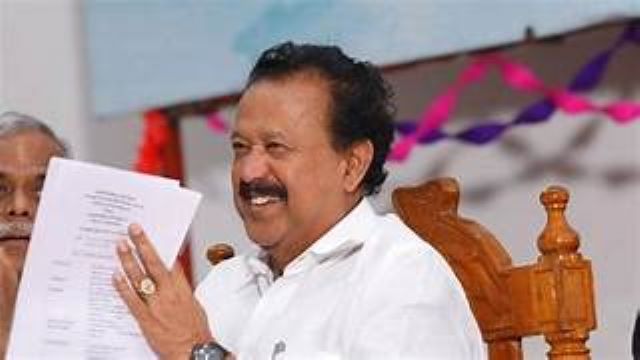One-third of annual exploration projects are for critical, strategic minerals: GSI

Kolkata: Amid the buzz of ‘green economy’, the Geological Survey of India (GSI) is intensifying its exploration exercises for critical minerals, like lithium, nickel, cobalt and rare earth elements, with “one-third” of such projects being dedicated to the search of these resources, a top official said on Sunday.
These critical minerals are key to clean energy technologies.
The national survey organisation, which now has a working collaboration with Geoscience Australia for mineral exploration, is also in talks for tie-ups with the authorities in Russia and Brazil, GSI Deputy Director General (Policy Support System – Planning and Monitoring) Asit Saha said.
“We have been taking up more than 100 exploration projects every year for critical minerals since 2020-21. The same trend continues this year (2023-24) also, as it is our thrust area. Earlier, the number of such projects was to the tune of 60-70 but now we have drastically increased it.
“Out of a total of around 350 mineral exploration projects in a year, we take up at least one-third for critical minerals and the rest are related to other commodities such as base metal, gold, diamond, limestone and bulk minerals,” Saha told PTI.
Lithium, graphite, copper, nickel, molybdenum, tungsten, niobium, gallium, and rare earth elements, which are used for rechargeable batteries, super alloys, integrated circuits, magnets, medical technologies and several other purposes, are part of the critical mineral bandwagon.
Lithium has become the “talk of the town” with the advent of lithium-ion batteries for electric vehicles.
GSI has recently established lithium inferred resources of 5.9 million tonnes in the Salal-Haimna area in Reasi district of Jammu and Kashmir.
“Apart from the findings in J&K, we have also submitted G4 stage geological reports or memorandum to Chhattisgarh and Andhra Pradesh governments,” he said.
Exploration projects for lithium are underway in J&K, Meghalaya, Andhra Pradesh and Chhattisgarh, Saha said.
Critical minerals such as copper, lithium, nickel, cobalt and rare earth elements are key to clean energy technologies.
During the 2022-23 fiscal, GSI has carried out more than 120 exploration programmes for these metals in different parts of the country – Assam, Nagaland, Meghalaya, Ladakh, Andhra Pradesh, Bihar, West Bengal, Chhattisgarh, Rajasthan and Gujarat.
“Since the amendment of MMDR Act 2015, more than 30 resource-bearing geological reports (G2 & G3-stage) and over 40 geological memoranda on copper, lithium, cobalt, nickel, rare earth elements have been handed over to the state governments concerned for auctioning,” Saha said.
In 2023-24, GSI is taking up more than 100 exploration programmes for these metals in states such as Chhattisgarh, Madhya Pradesh, Maharashtra, Bihar, Jharkhand, Odisha, West Bengal, Arunachal Pradesh, Assam, Meghalaya, J&K, Ladakh, Andhra Pradesh, Karnataka, Kerala, Tamil Nadu, Gujarat and Rajasthan, the geologist said.
In view of the thrust given by the Centre, Kolkata-headquartered GSI has also prioritised exploration for potash and rock phosphate (phosphorite) in different parts of the country.
“GSI has taken up many exploration projects on potash and phosphorite in the states of Chhattisgarh, Madhya Pradesh, Uttar Pradesh, Rajasthan and Arunachal Pradesh,” he said.
“For critical mineral explorations, we have collaborations with Geoscience Australia and talks are on for tie-ups with authorities concerned in Brazil and Russia,” the GSI deputy director general told PTI.
Founded in 1851, GSI, one of the oldest survey organisations in the world, has also been concentrating on the “exploration of low-volume but high-value” minerals such as gold and diamond.
“GSI has taken up more than 30 exploration projects on gold and diamond during the field season 2023-24. These projects are being carried out across the country, including the states of Chhattisgarh, Madhya Pradesh, Assam, Jharkhand, Odisha, Andhra Pradesh, Karnataka, Kerala and Tamil Nadu,” Saha said.
It has also handed over several geological reports and geological memoranda on gold, diamond and also fertiliser minerals to different state governments for auction, he said.
Speaking on marine exploration by GSI, Saha said the number of these projects in a year is varying between 15 and 20, but this year, 12 such studies would be taken up.
“As far as marine exploration is concerned, we are concentrating on heavy minerals, phosphorite, lime mud and polymetallic nodules that contain cobalt, nickel and manganese among others.
“Extracting these from the sea floor is a different ball game but we continue our explorations to keep GSI ready with data about the presence of these resources. However, the rules and regulations for extracting these resources from the seabed need to be streamlined,” he said.
GSI has been deploying coastal vessels RV Samudra Kaustubh and RV Samudra Shaudhikama for surveys of the seabed within the Territorial Waters of India which extends to 12 nautical miles from the coastline.
Another bigger vessel RV Samudra Ratnakar, equipped with a host of high-end instruments for on-board studies, is also being deployed for marine survey and sampling within the EEZ (Exclusive Economic Zone: up to 200 nautical miles) and occasionally even beyond EEZ for international projects.




